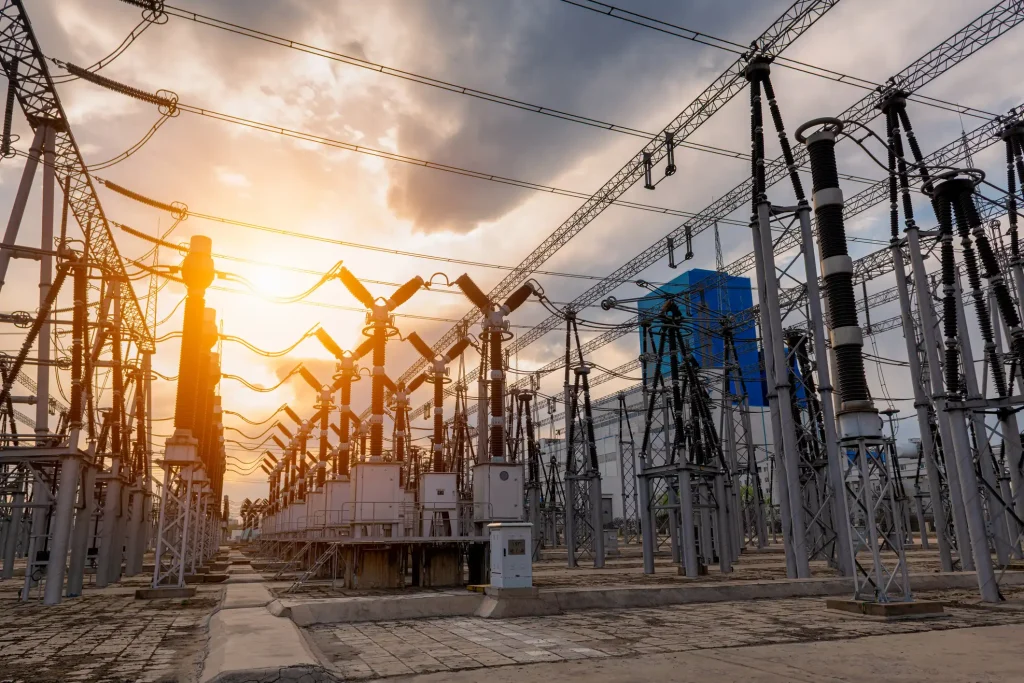The largest power grid in the United States, PJM Interconnection, is facing mounting strain as energy demand from artificial intelligence (AI), data centers, and cloud computing outpaces the rate of new power plant development. Covering 13 states across the Midwest and Mid-Atlantic—serving more than 67 million people—PJM is now grappling with soaring prices, strained infrastructure, and political unrest.
Consumers within the PJM territory—spanning from Illinois to Tennessee and Virginia to New Jersey—are bracing for a potential 20% surge in electricity bills this summer, driven by a tightening supply-demand gap that experts warn could get worse.
Crisis Deepens: Political Tensions and Leadership Shake-Up
The growing crisis has sparked major political and institutional upheaval. Pennsylvania Governor Josh Shapiro has repeatedly threatened to withdraw his state from PJM, citing unsustainable cost increases and governance failures. In a recent interview with Reuters, Shapiro said, “We need speed from PJM, we need transparency from PJM, and we need to keep consumer costs down with PJM.”
His frustrations are echoed across multiple states. Already, PJM’s board chair and another board member have been voted out, and CEO Manu Asthana announced his resignation, effective at the end of 2025. The departure of key leaders during this volatile period underscores the depth of the crisis.
What’s Fueling the Grid Strain?
The root of PJM’s trouble lies in the explosive growth of data centers and AI technologies, especially in hubs like Northern Virginia’s “Data Center Alley”. These facilities are massive electricity consumers, and demand has surged with the rise of generative AI tools like ChatGPT, which require energy-intensive computing infrastructure.
By 2030, PJM forecasts an additional 32 gigawatts of demand across its grid—almost entirely from data centers—enough to power over 25 million homes. This increase comes as aging fossil fuel plants retire faster than new ones come online.
According to PJM data, the region lost more than 5.6 gigawatts of net generating capacity over the last decade. In 2024 alone, PJM added just 5 gigawatts, less than the additions made by smaller grids like those in California and Texas.
Delayed Auctions and a Broken Planning System
PJM operates annual capacity auctions to secure future electricity supply during peak demand periods, such as extreme heat or cold. These auctions determine the price at which generators agree to be available in emergencies, and the costs are eventually passed down to consumers.
However, auctions have been plagued by delays and price spikes. In 2024, PJM saw an 800% jump in auction prices, causing a direct ripple effect on power bills. Another auction is scheduled for this Wednesday, with analysts warning that prices may rise even further.
Part of the problem stems from PJM’s interconnection queue, the system that approves new power plant projects. In 2022, overwhelmed by over 2,000 requests, PJM halted application processing to manage the backlog. Most of these applications were from renewable energy developers, each requiring extensive engineering studies to ensure grid compatibility.
Despite this backlog, PJM insists the interconnection pause is not the primary cause of the current supply crunch. Spokesman Jeffrey Shields argued that broader issues—such as state-level closures of fossil plants, local opposition to projects, supply chain disruptions, and financing hurdles—have delayed new construction.
Mounting Backlash: Regulatory Complaints and Federal Intervention
The rapid escalation in prices has triggered pushback from consumer advocacy groups in Maryland and New Jersey, who have filed formal complaints with federal energy regulators. They’re demanding a redo of the 2024 auction, citing unfair cost burdens on households.
The situation grew so severe that the Trump administration intervened in May, ordering two gas and oil plants in Pennsylvania—originally scheduled for retirement—to remain operational through the summer due to blackout fears.
Meanwhile, Governor Shapiro continues to keep the pressure on PJM, warning that Pennsylvania could withdraw from the grid if reforms don’t yield lower costs. The state is a critical part of PJM, representing the “P” in its name and standing as America’s largest electricity exporter.
Reforms Underway—But Not Fast Enough
In response to widespread criticism, PJM has launched several reform efforts:
-
Capping auction prices at $325 per megawatt-day
-
Moving auctions to a six-month schedule instead of once a year
-
Fast-tracking the connection of 51 power projects to the grid
One high-profile project is Constellation Energy’s revival of the Three Mile Island nuclear facility, now renamed the Crane Clean Energy Center, under contract with Microsoft. However, even under PJM’s expedited process, the plant won’t come online until at least 2027.
Despite these efforts, experts say PJM still isn’t moving fast enough. Joshua Macey, a Yale Law School professor specializing in energy law, stated bluntly: “It’s pointless if they haven’t fixed the interconnection queue.”
A Grid Under Pressure from All Sides
PJM’s woes exemplify the challenges facing the U.S. energy sector as it tries to modernize and decarbonize while accommodating the exponential growth of digital infrastructure. The fundamental issue, as PJM’s own spokesman put it, is that “demand growth is outstripping supply—this is basic economics.”
While 46 gigawatts worth of projects have been technically approved, many are stalled due to regulatory hurdles, community opposition, or inadequate funding mechanisms. That leaves the grid increasingly vulnerable.
High prices are meant to incentivize new construction, but if regulatory delays and political friction continue, the region risks persistent energy shortages and even blackouts during peak periods.
The Road Ahead: Reform, Reliability, and Resilience
The PJM crisis highlights the urgent need for a faster, more transparent, and modern grid planning system. As the nation’s largest energy market, PJM’s success or failure could set the tone for how America navigates its clean energy future while keeping AI-powered innovation running and households powered.
For now, consumers in PJM’s territory will likely continue to bear the brunt of rising prices—unless sweeping structural changes are implemented and the backlog of new power projects is resolved quickly.
As Pennsylvania and other states weigh drastic measures, the clock is ticking for PJM to prove that it can adapt, evolve, and deliver.











